Why build a fort in your backyard, when you can visit an authentic, 163-year-old fort? Located just 37 miles from Fallon, south of Silver Springs, off Highway 95A, lies Fort Churchill, a designated historic landmark from our nation’s Civil War era.
The Carson River Valley was primarily occupied by Native American tribes living a calm and peaceful existence while easily living off the land. The Comstock mines were bringing in new settlers for the promise of gold, bringing new ideas and contentious attitudes, as flocks of emigrants flooded in, and the Natives soon saw their lifestyles interrupted. These Nevada changes were unfolding as the Civil War was gearing up to begin. To guard the Union Territory of the Overland Trail, groundbreaking on Fort Churchill began in July of 1860 when orders were given to establish a military installation.
At Fort Churchill today, the McDermit Visitor Center shares a rare view of these historic times. Open from 8 a.m. to 4 p.m. daily, Nevada’s Division of State Parks oversees the site. An indoor museum displays artifacts, while the fort stands in silhouette against the mountains below. Driving down to the lower level, a dirt pathway is provided to roam the fort’s outside grounds, as displays identify the original 58 structures. These stone-based, adobe brick buildings were constructed to house a small city of 337 men and 12 women.
The fort was allocated $75,000 for building costs, but due to excessive freight costs, mule teams, and supplies, the final total was $179,000 upon completion in the fall of 1860.
That same year two vital means of communication aligned with the stringing of the telegraph wires and the newly organized Pony Express. Telegraphed messages could now be sent across the territories instantaneously. The Pony Express delivered the mail a bit slower, but faster than ever before, as 120 riders risked their lives, rotating 650 miles east from Sacramento to Nevada’s Friday Station. The riders would then travel on to six other states awaiting deliveries. This route would be completed in St. Joseph, MO, where the riders would return to repeat the west trip. Several outside monuments give tribute to these legacies, as well as a display of two rifled, Civil War cannons. A shaded, grassy area provides picnic tables and bathrooms for visitor use. This is a dog-friendly area and accommodates handicapped visitors with a ramp.
The park includes a Fee Station, fishing license information, and a Park Passport Stamp box.
Dry Camping is available at the Samuel Buckland Campground, with restrooms, picnic tables, small grills, and hiking along the Joseph Stewart Trail.
Just a mile south on 95A is Buckland Station and the home of Samuel and Eliza Buckland. These pioneers and entrepreneurs settled there as ranchers in 1859. He created the first known toll road, built a bridge across the Carson River, and became the Pony Express connection and the stage Stop. Buckland also sold supplies to the Union Army and served local families. Read about Pony Bob’s Longest Ride on a monument in the outdoor information area. Adult admission to visit inside the home is $1 and the Station is open Thursday through Sunday from 10 a.m. to 2 p.m.
Across the street from the main house is the Orchard Day Use area, with bathrooms, picnic tables, aged farm buildings, and vintage farming equipment on display. Enjoy the relaxing sounds of the Carson River and relax in the large meadow, where the Crossing Paths monument will greet you.
There are great areas to photograph while enjoying your day-trippin’ explorations.



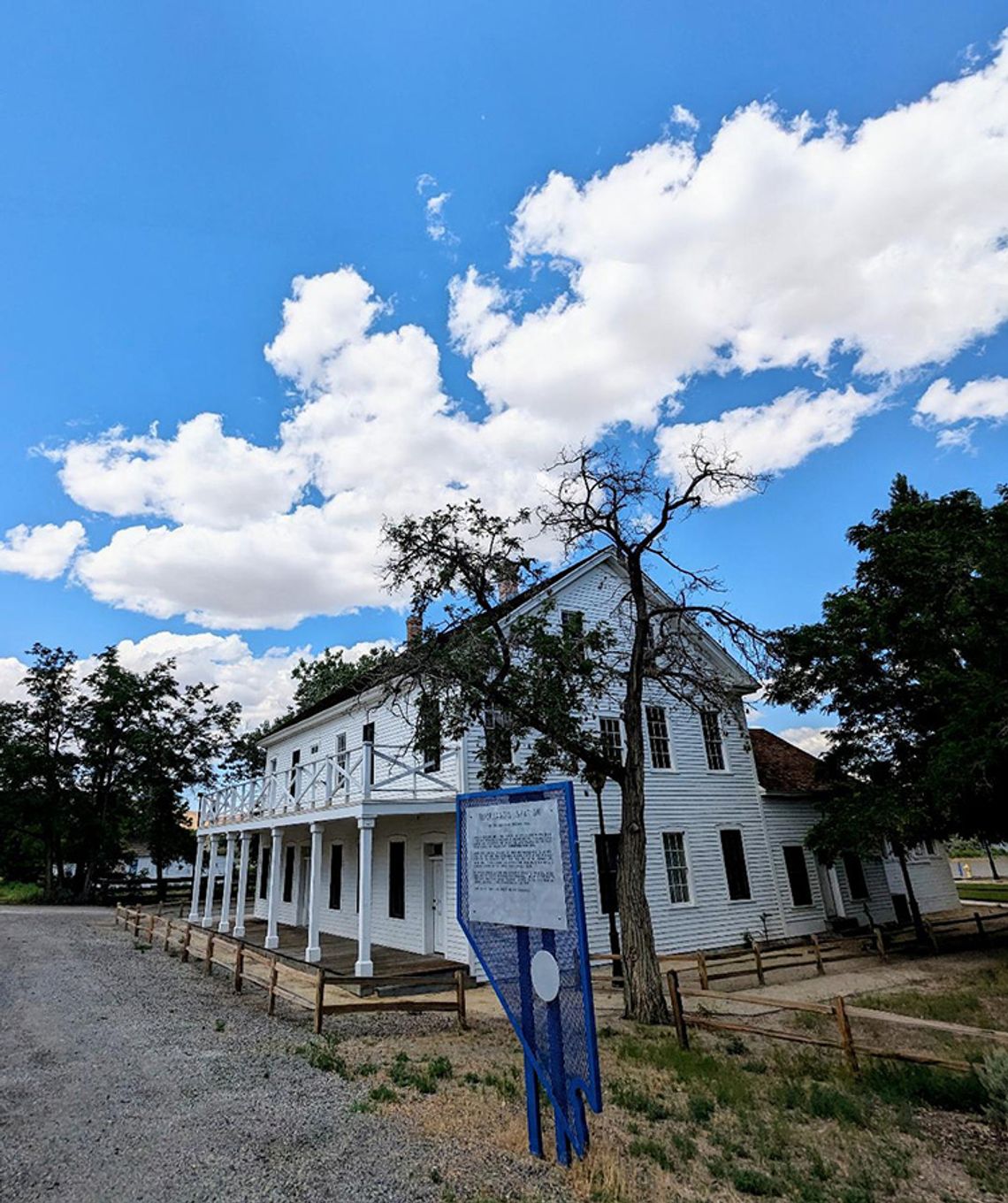
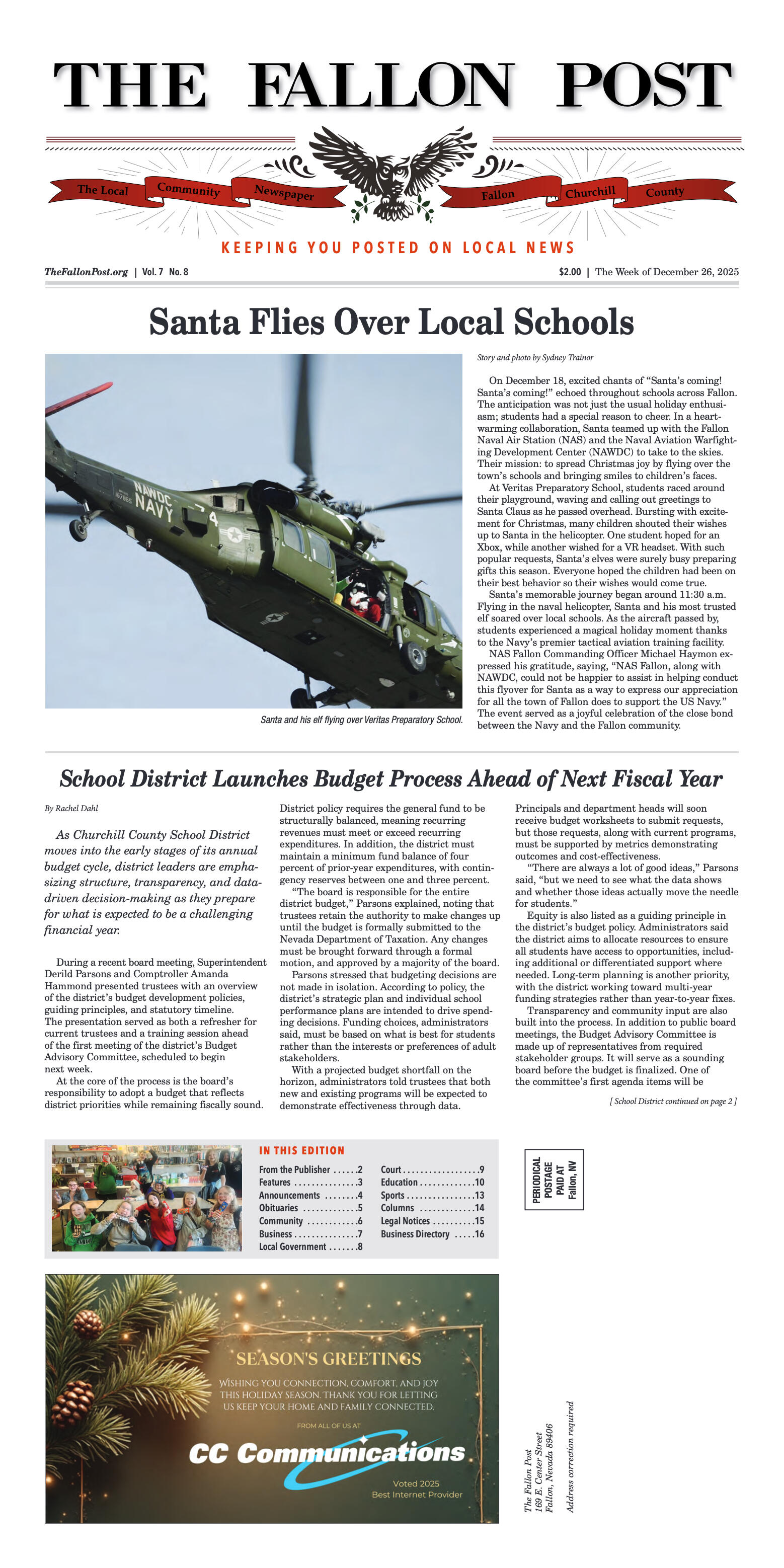
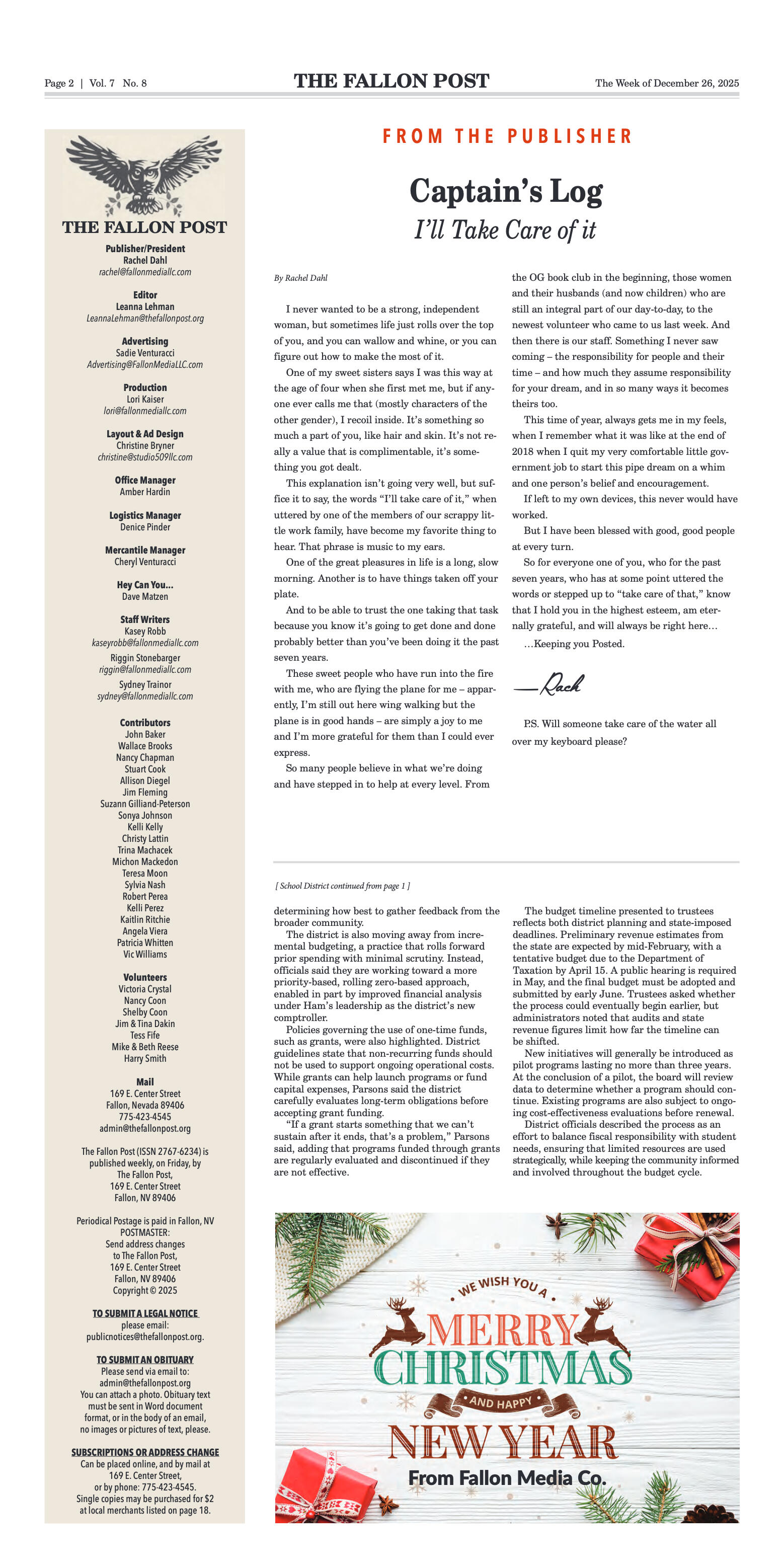
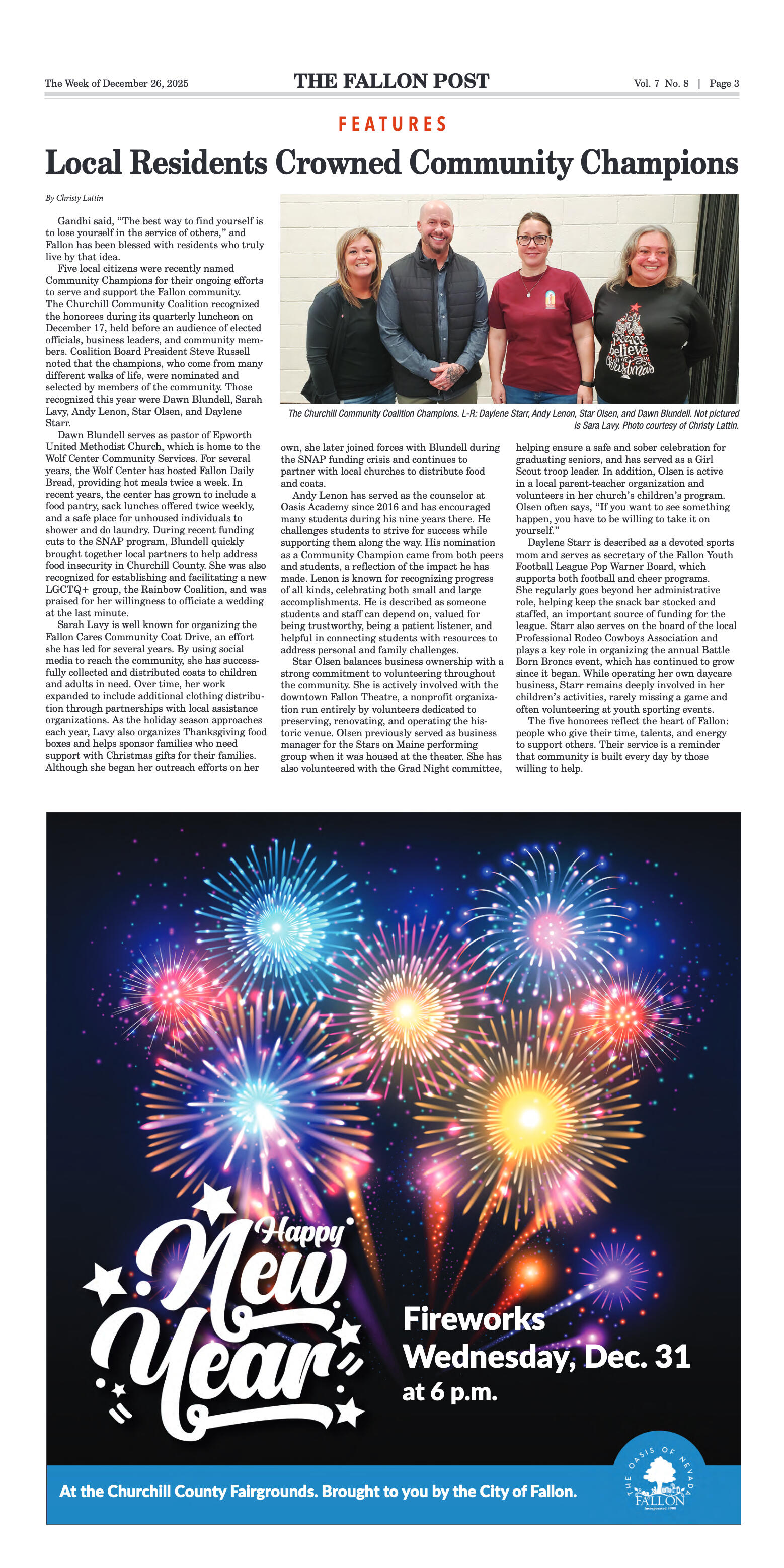
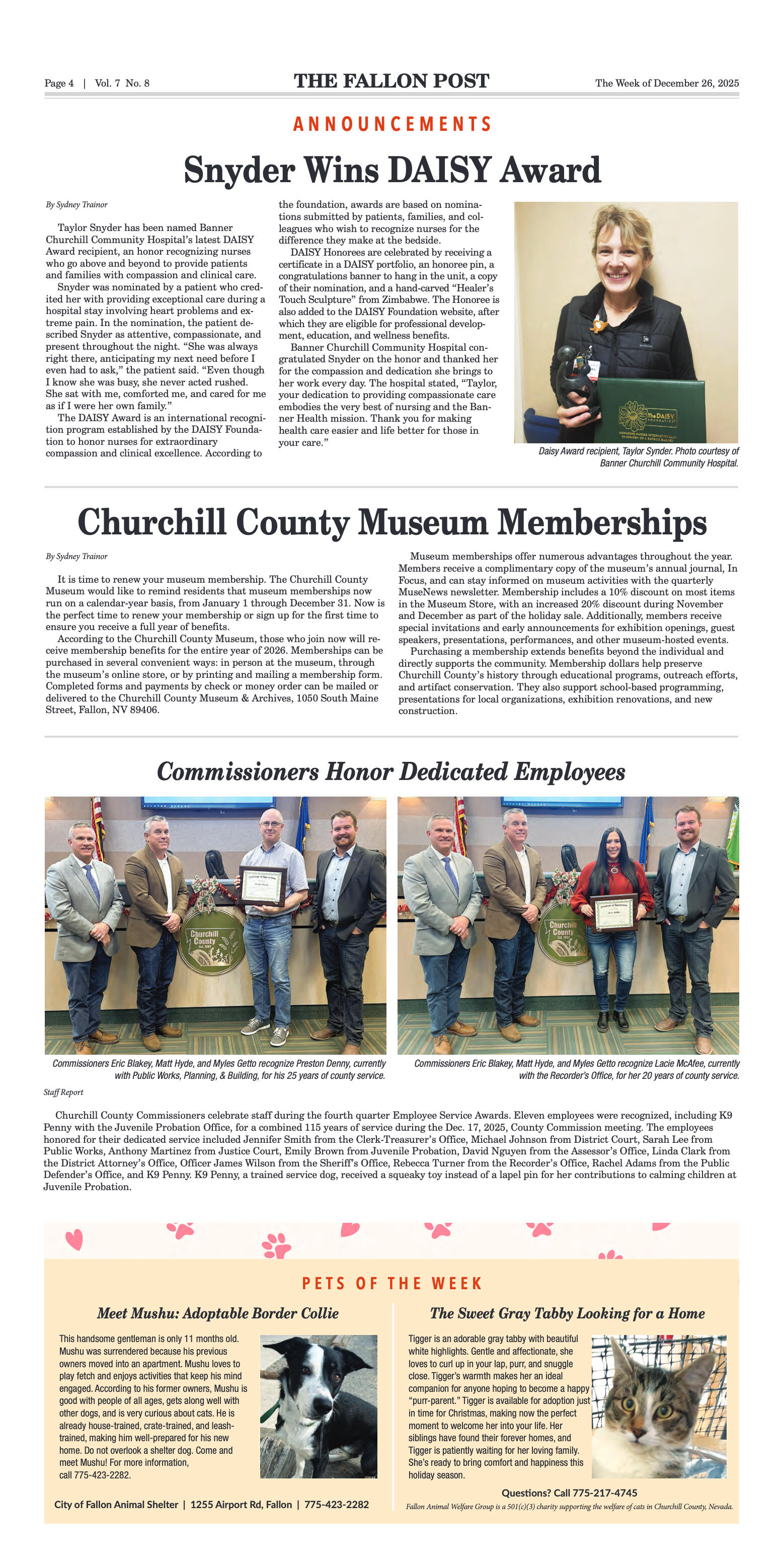
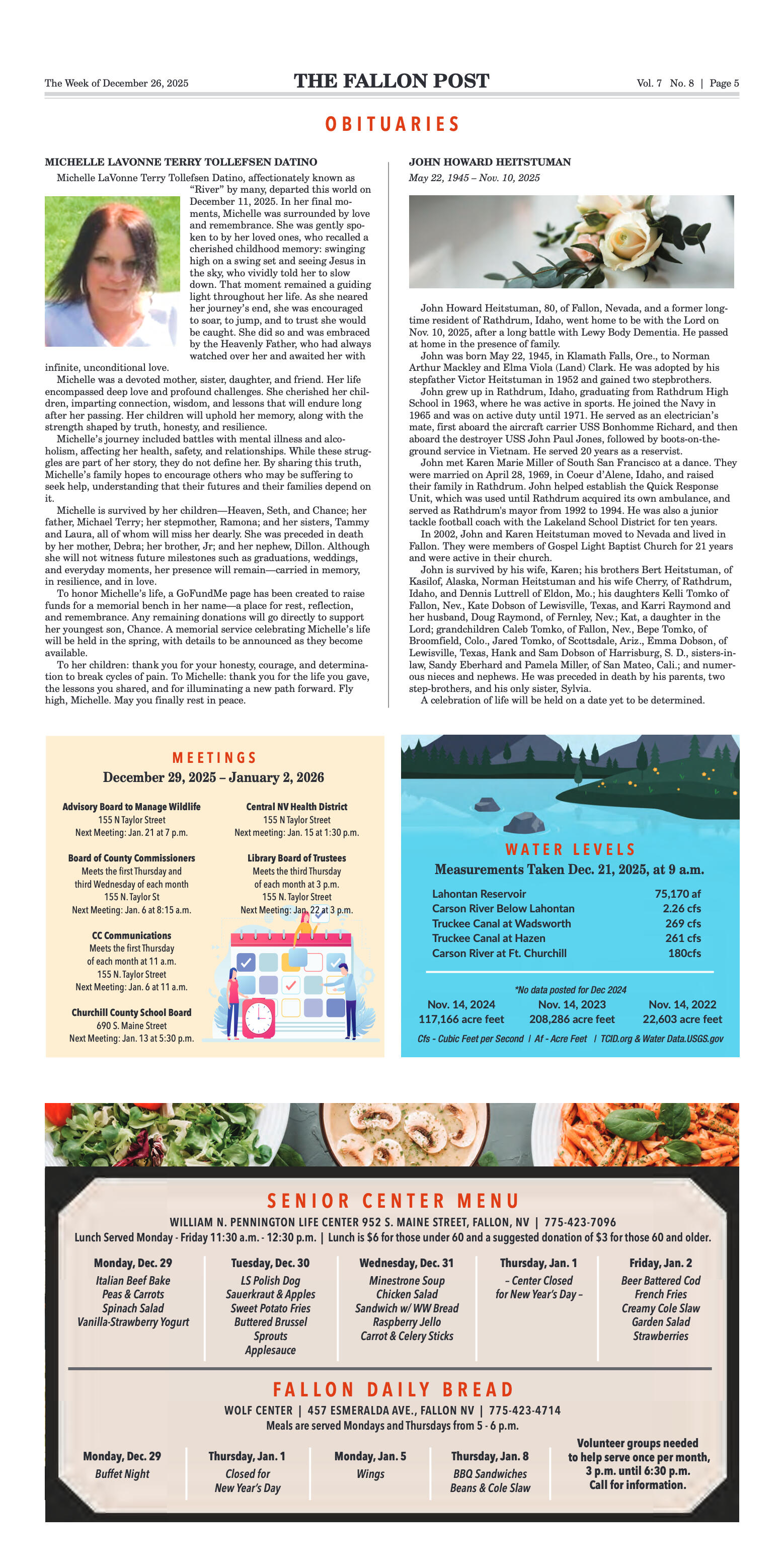
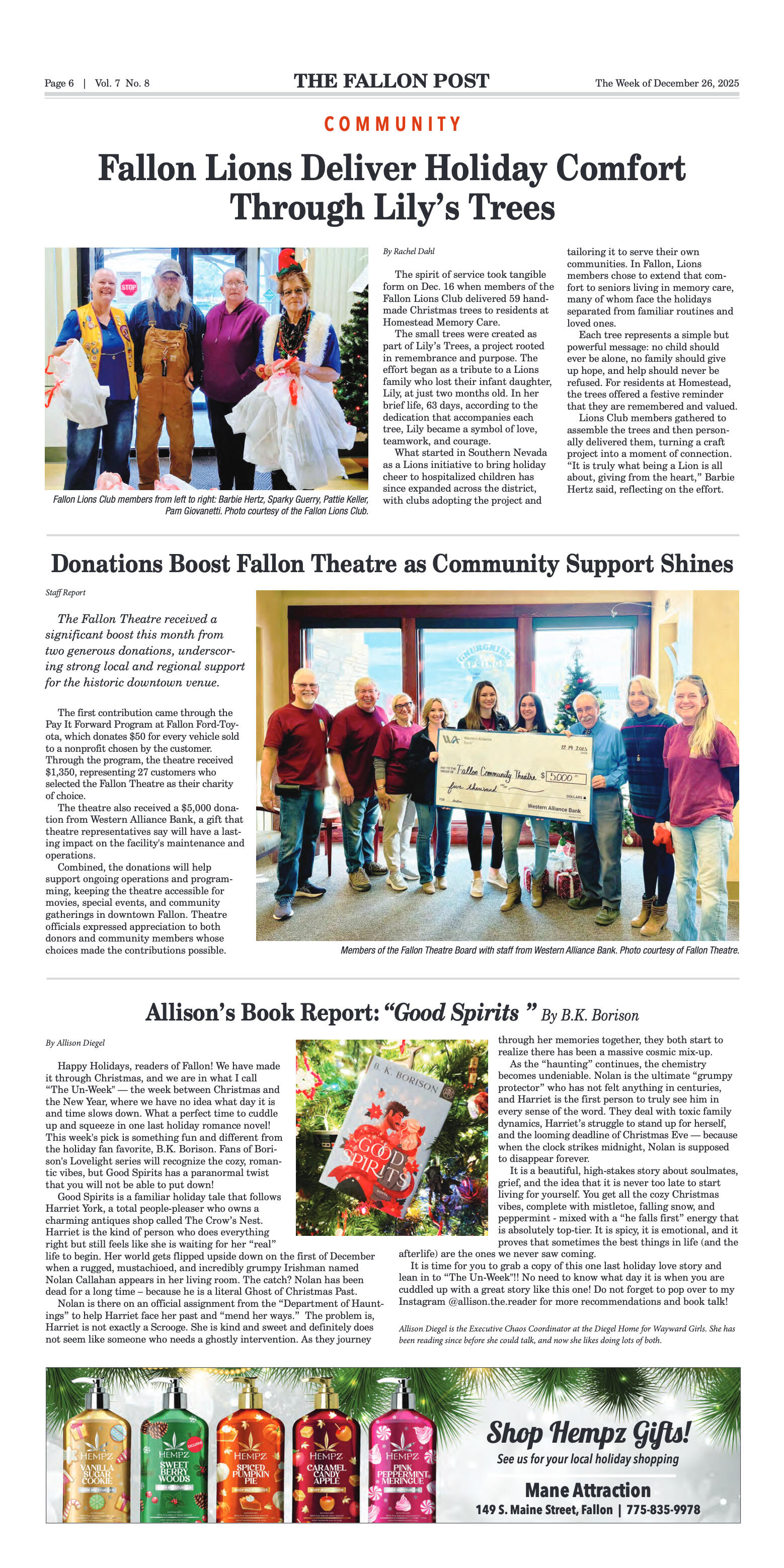
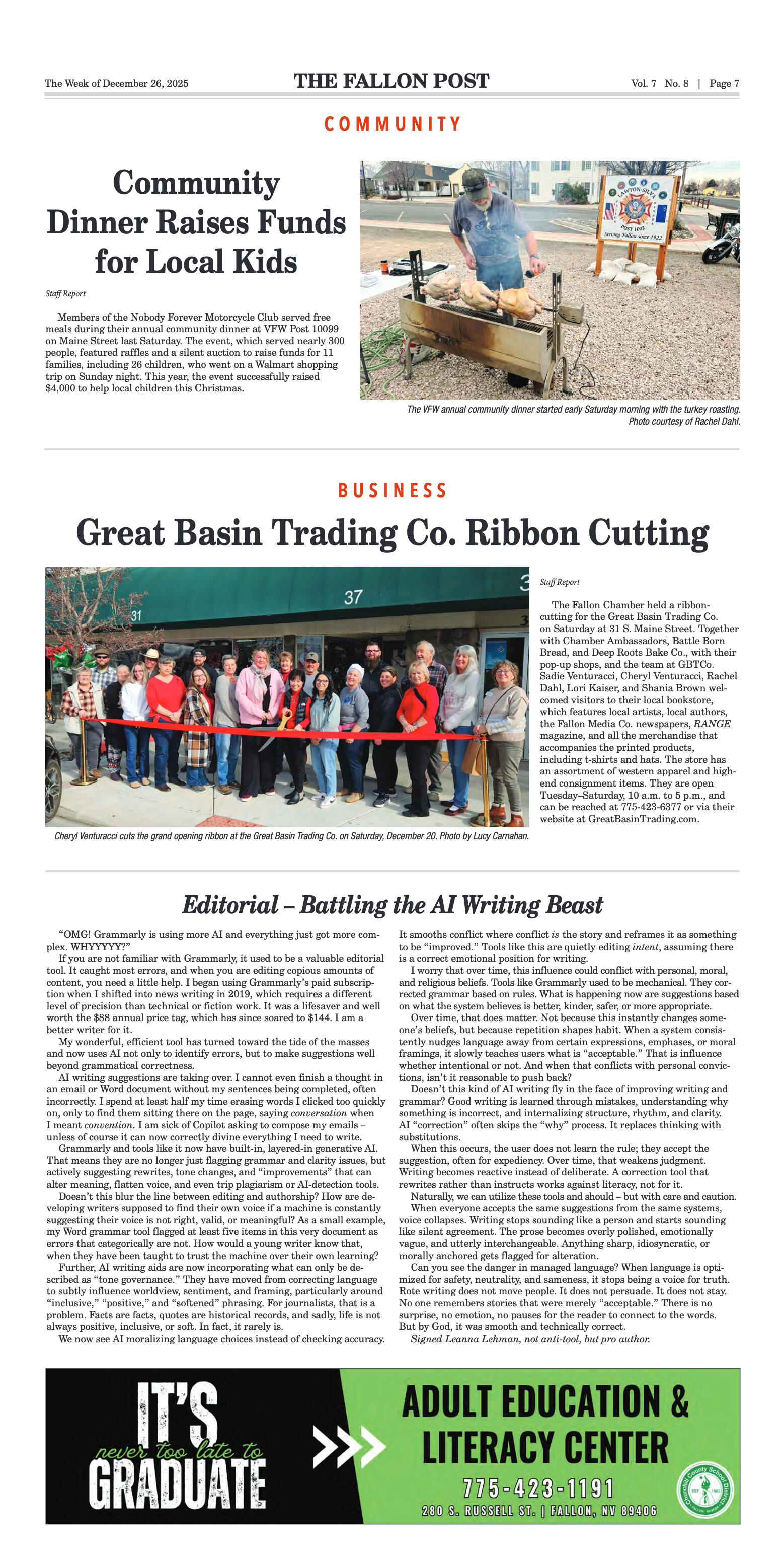
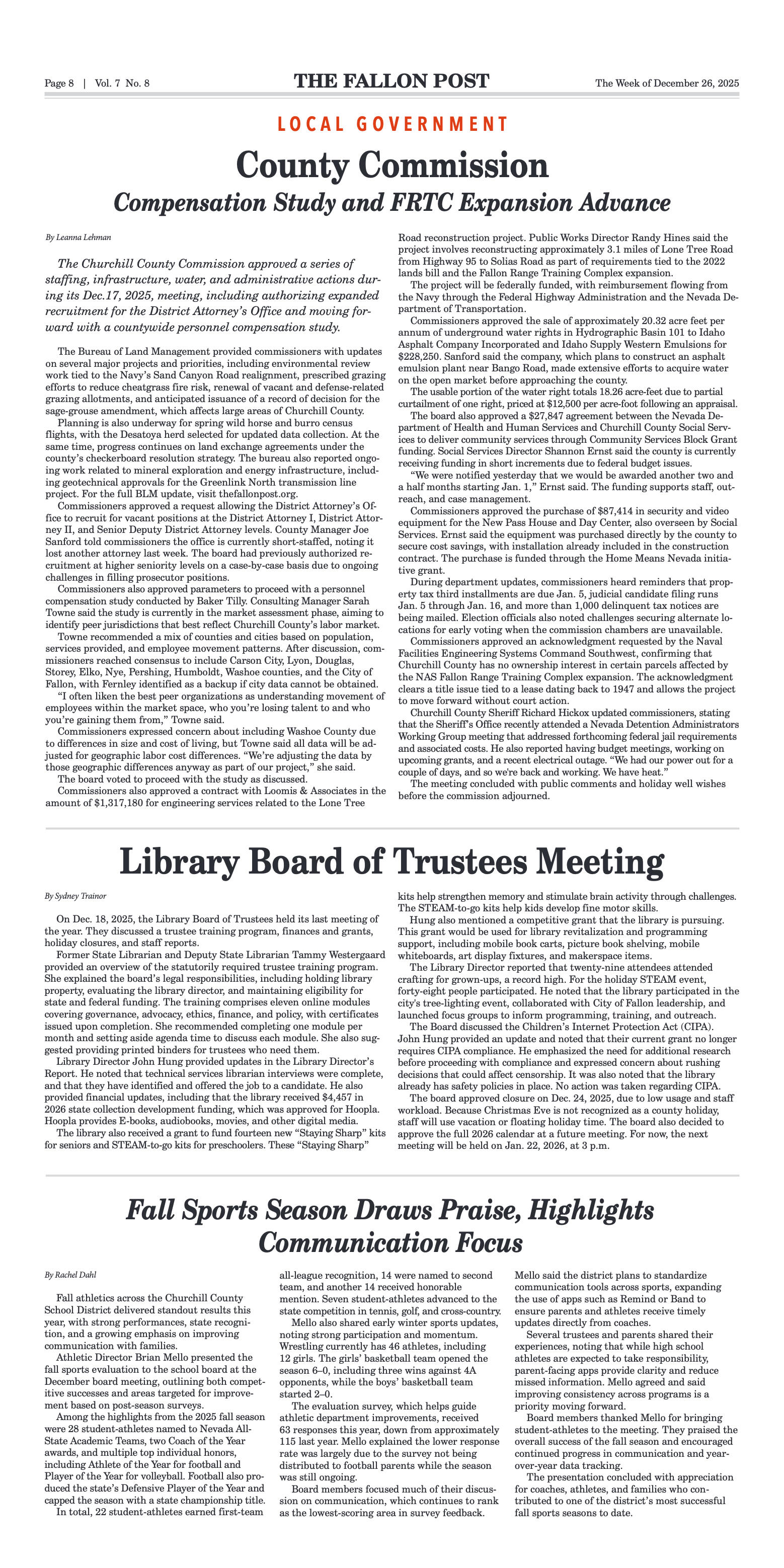
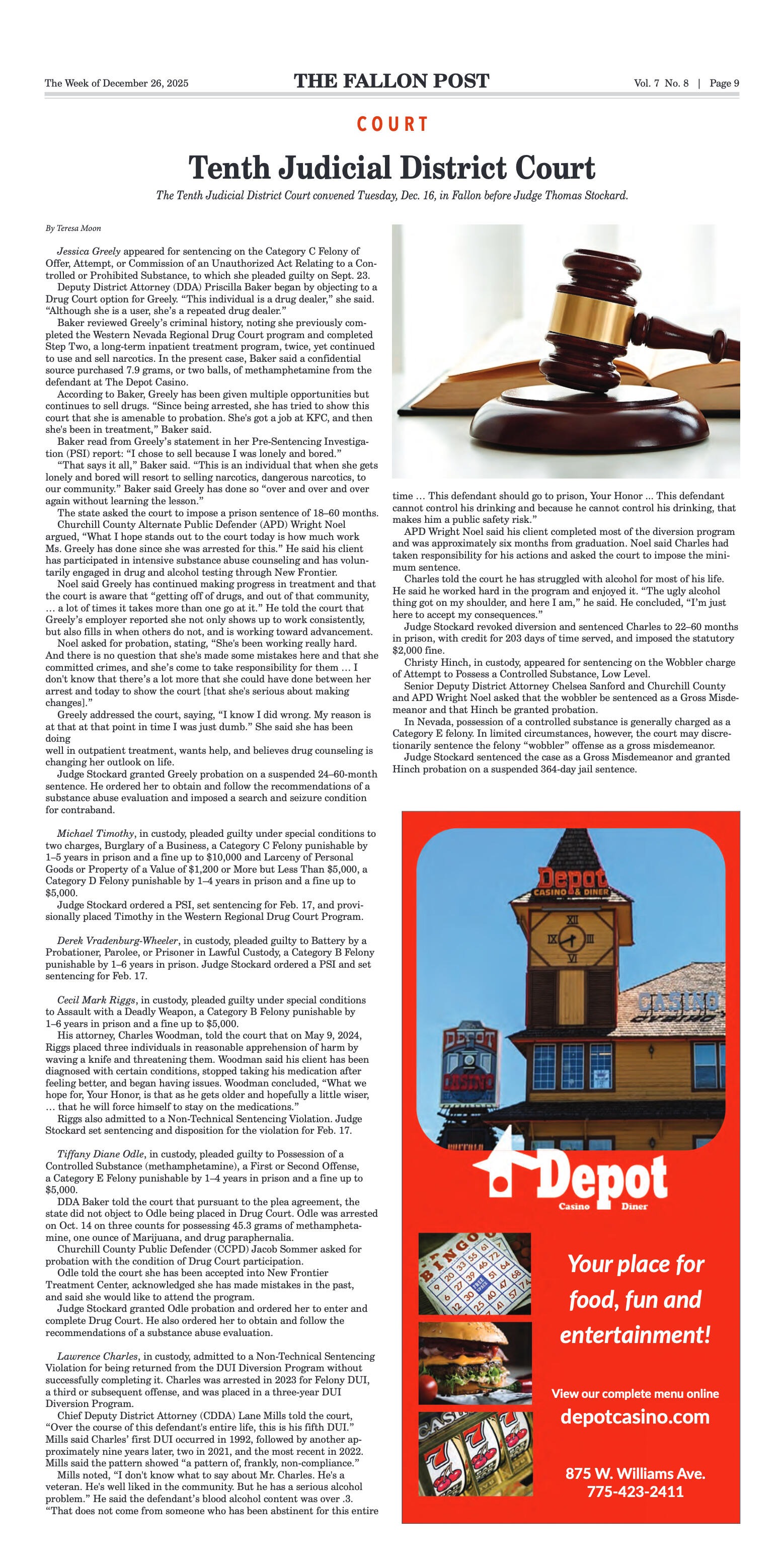
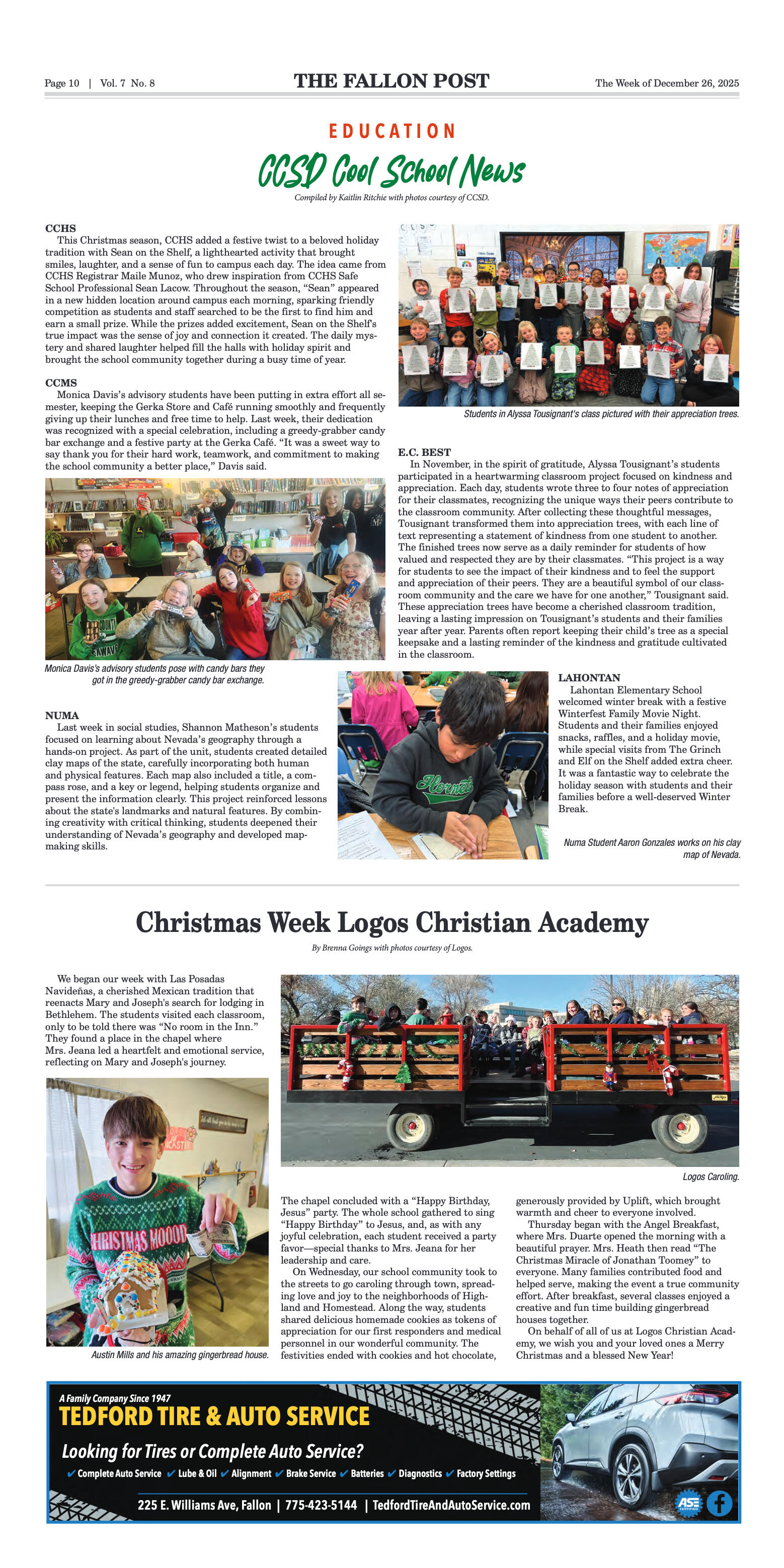
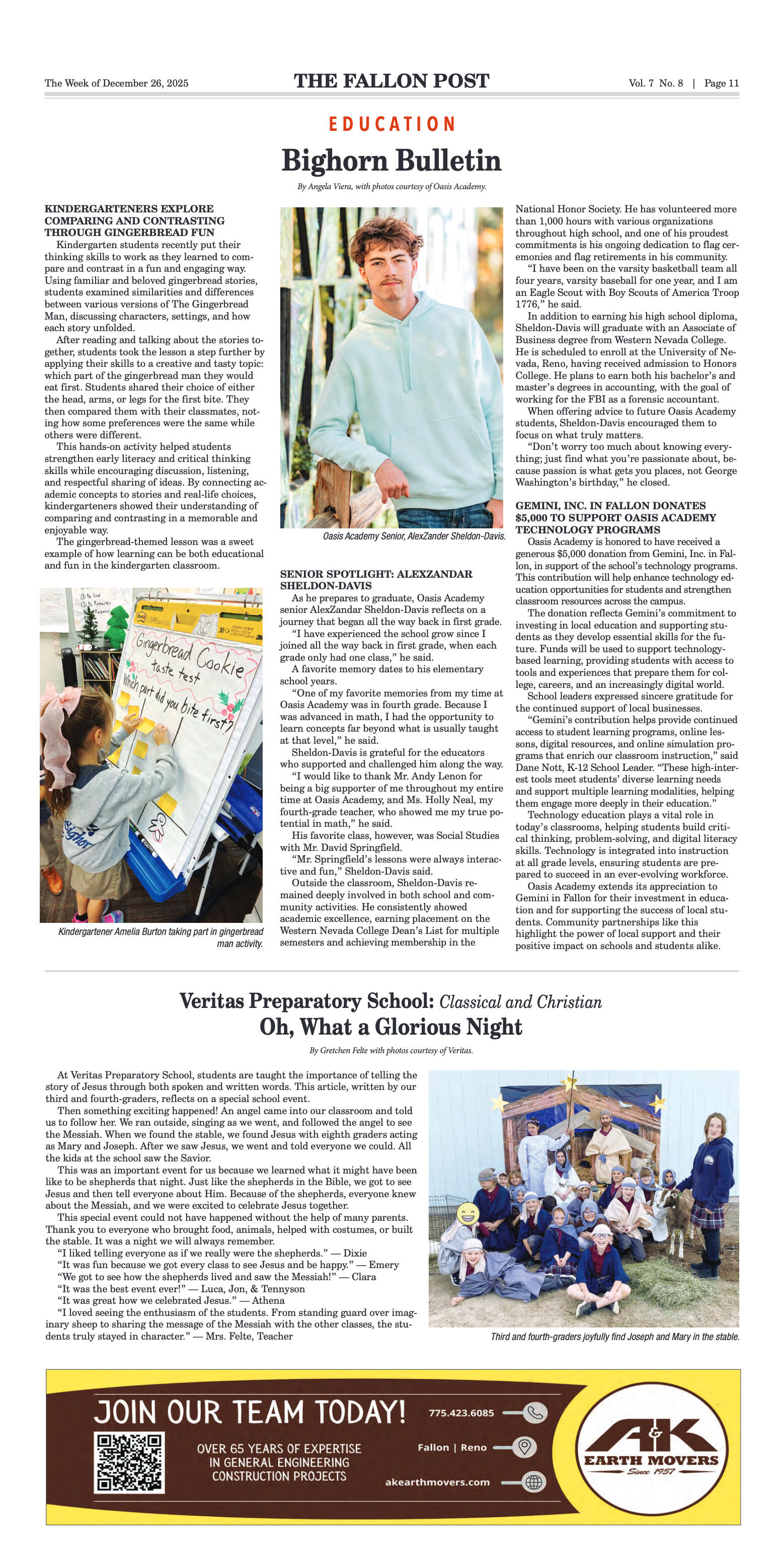
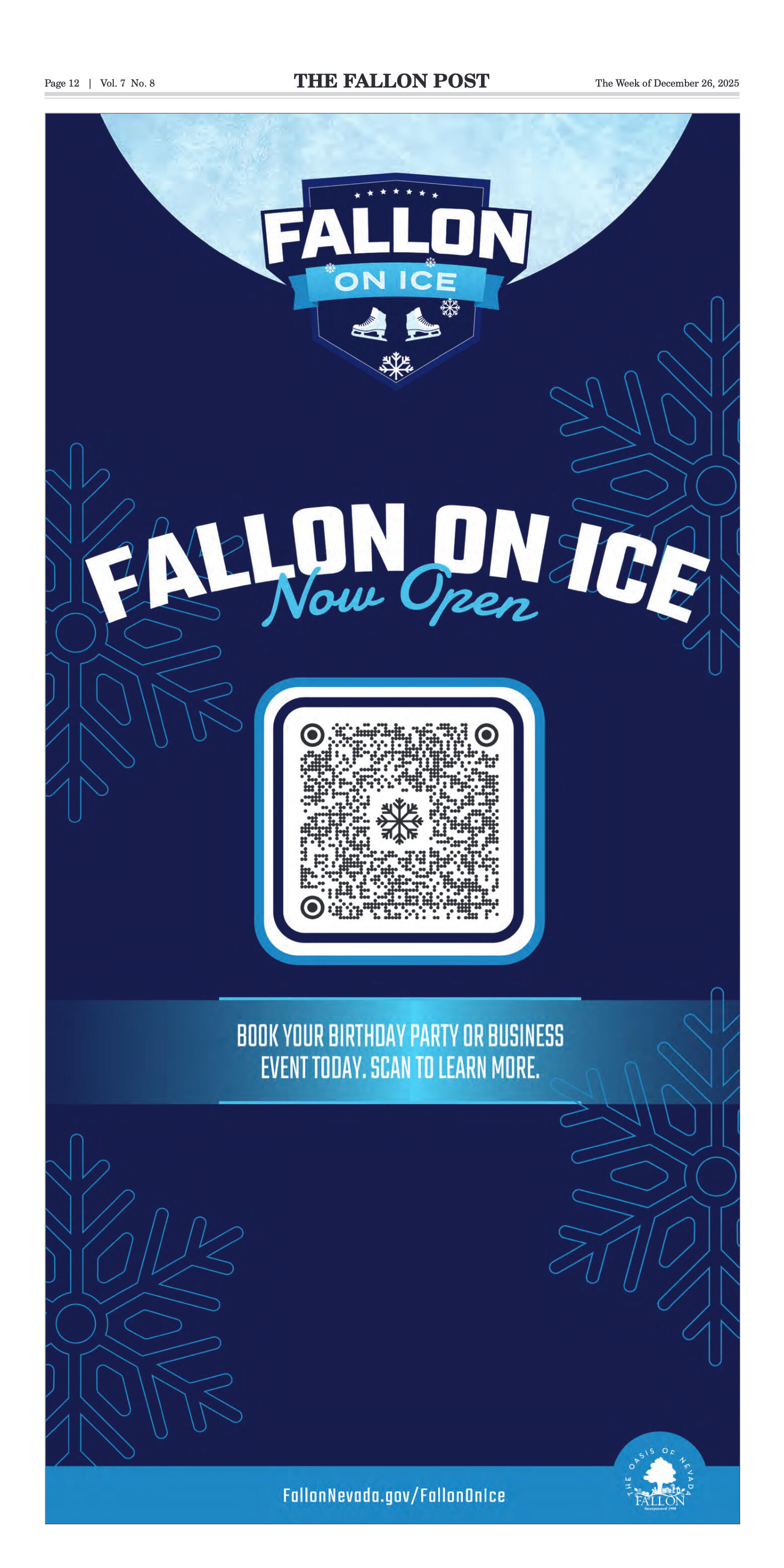
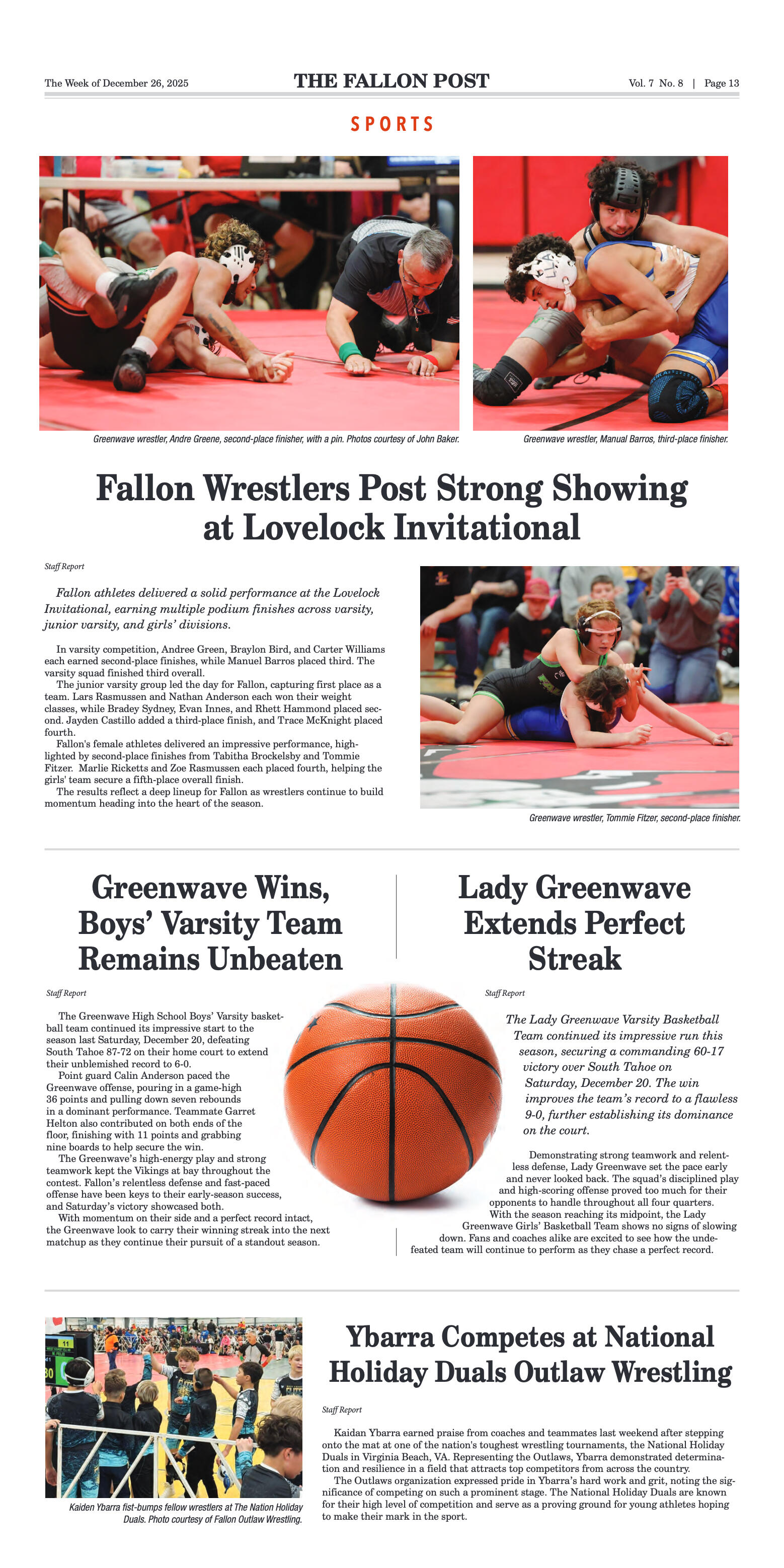
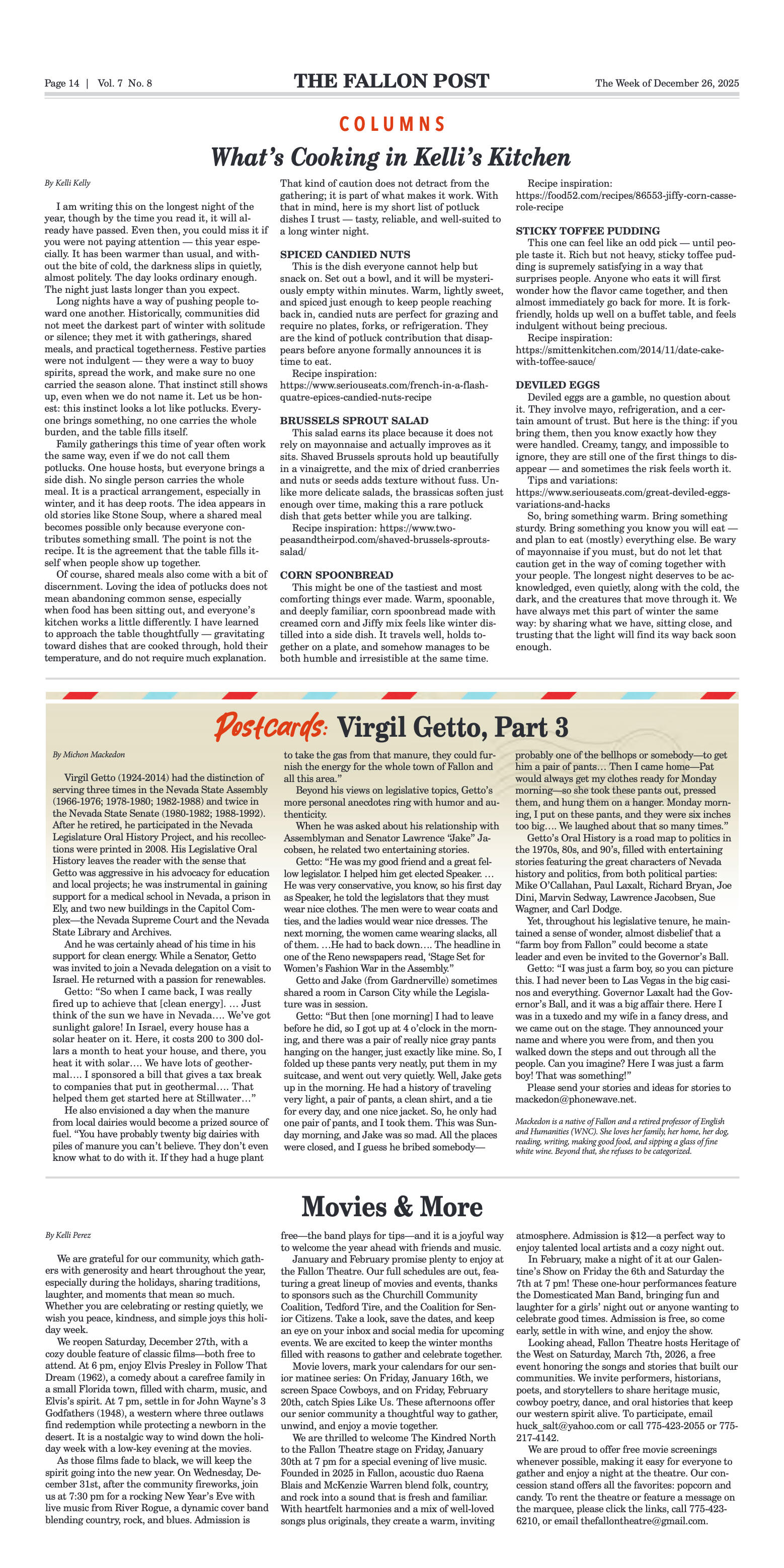
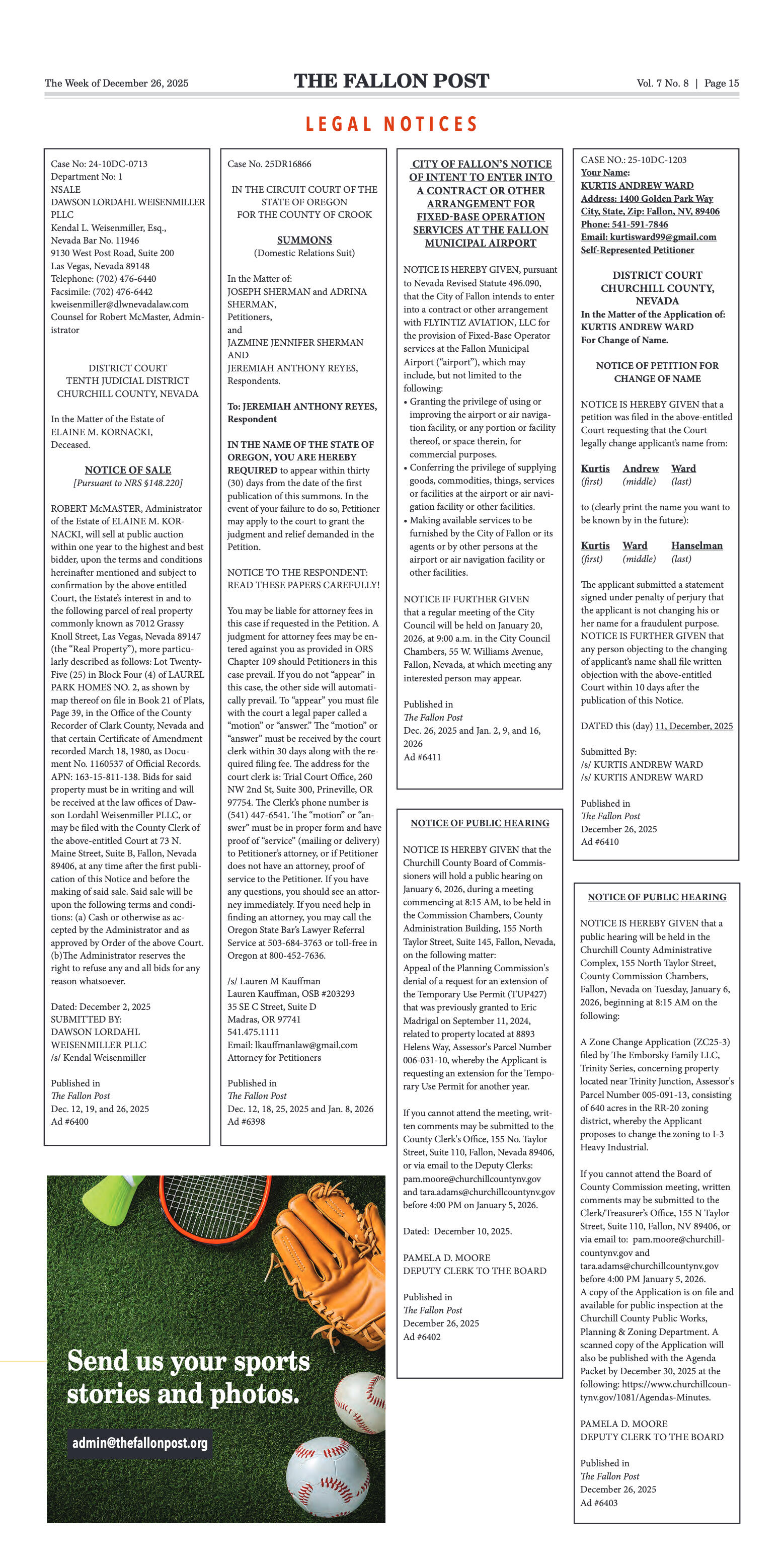
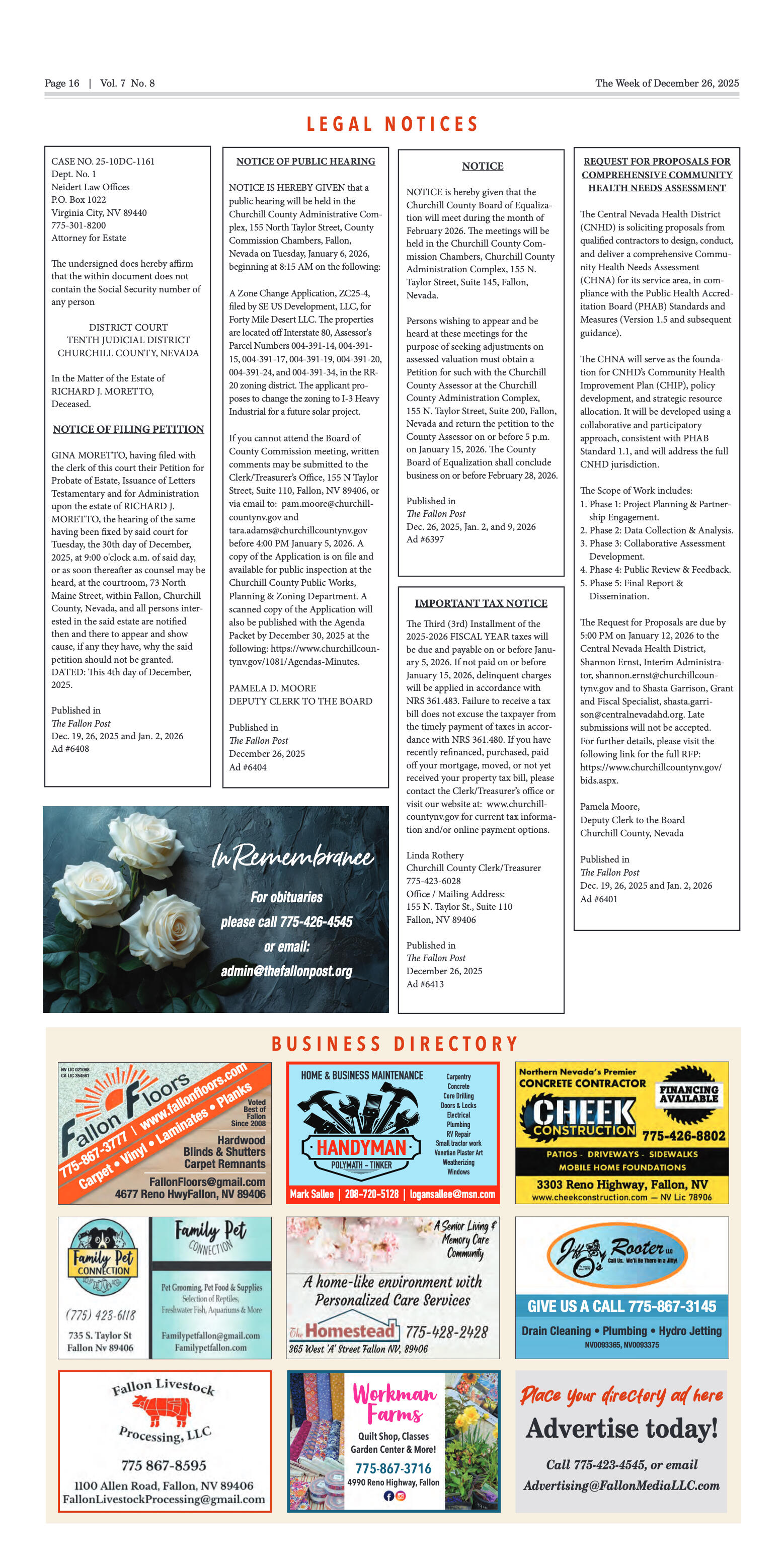
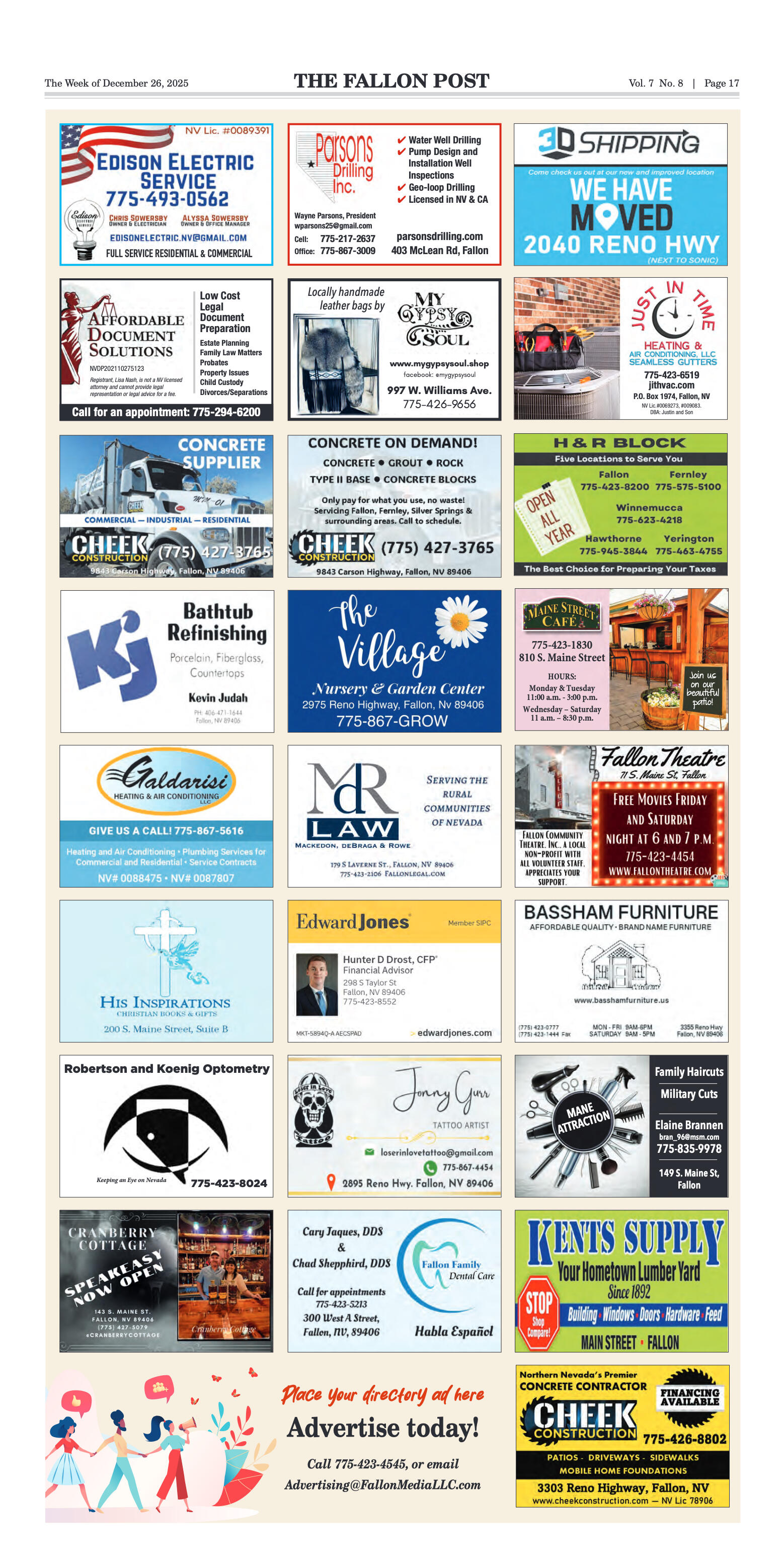
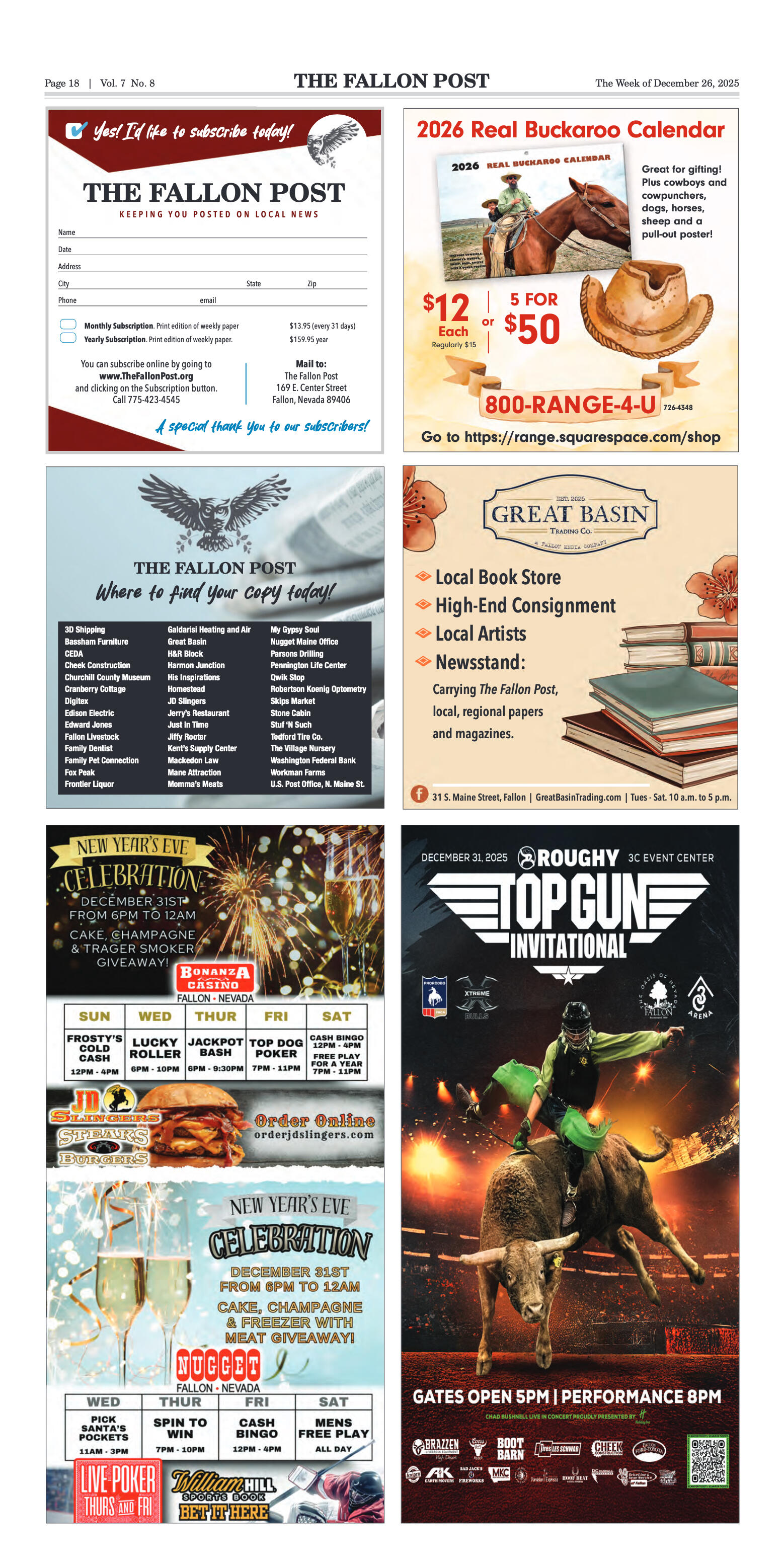


















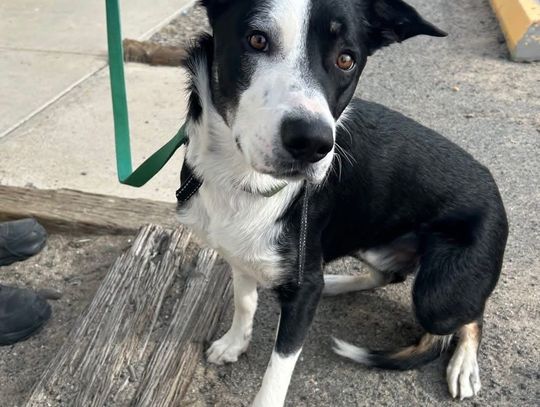
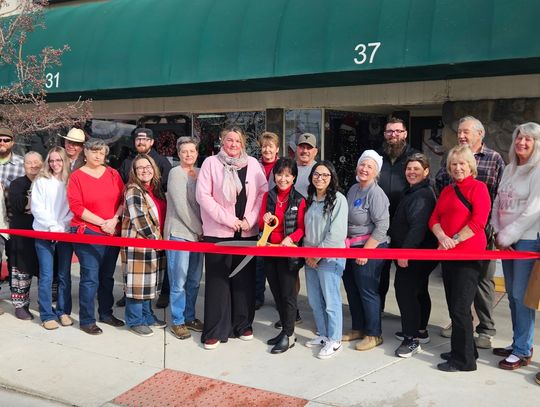


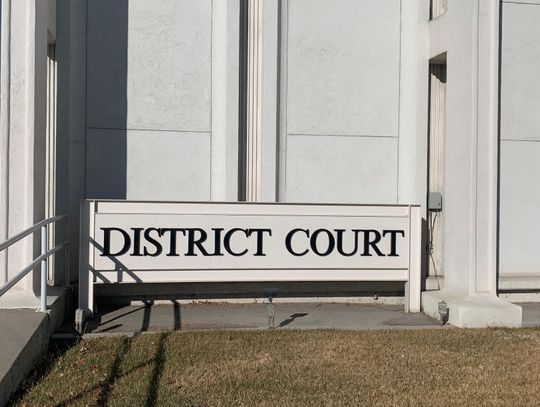


Comment
Comments